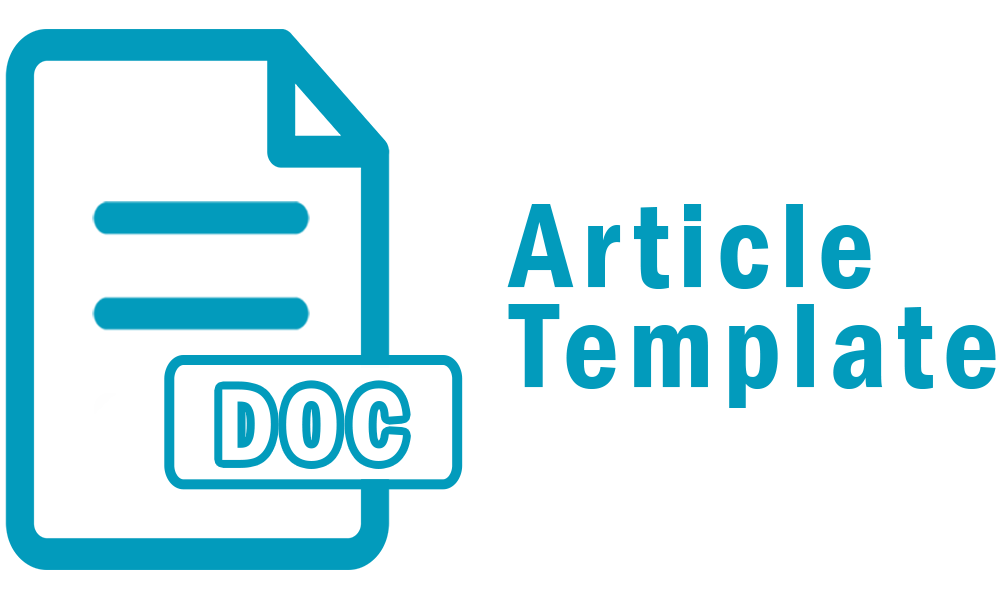PENGOLAHAN BUSANA BEKAS BERBAHAN KATUN DENGAN TEKNIK ECOPRINT PADA KELOMPOK IBU-IBU RUMAH TANGGA DI KELURAHAN JATIMELATI, BEKASI
DOI:
https://doi.org/10.46961/jpk.v3i2.899Abstract
References
Putri, V. K. (2019, September 13). Fast-Fashion, Budaya Konsumtif dan Kerusakan Lingkungan. Dipetik April 15, 2023, dari detik.com: https://news.detik.com/kolom/d-4705049/fast-fashion-budayakonsumtif-dan-kerusakan-lingkungan
Igini, M. (2023, Agustus 21). Statistics About Fast Fashion Waste. Dipetik September 18, 2023, dari earth.org: https://earth.org/statistics-about-fast-fashion-waste/
Pratama, R. (2022, Mei 31). Pengertian Ecoprint dan 6 Keunggulannya untuk Bisnis Kamu. Dipetik September 18, 2023, dari store.sirclo.com: https://store.sirclo.com/blog/keunggulan-ecoprint/
Herlina, M. S. (2018). Eksplorasi Eco Printing untuk Produk Sustainable Fashion. Ornamen, 2, 15.
Irianingsih, N. (2018). Yuk Membuat Eco Print Motif Kain dari Daun dan Bunga. Jakarta: PT. Gramedia Pustaka Utama.
Saptutyningsih, E. (2020). Mendorong Ekonomi Kreatif Melalui Produk Ecoprint Melalui Pemanfaatan Potensi ALam di DukuhGlugo Bantul. Warta LPM, 24 (1), 145-158.
Untari, E. (2022, Juli). Pelatihan Pembuatan Batik Ecoprint Dari Daun Sekitar Rumah Untuk Mendorong Perekonomian Warga Desa Dempel Kecamatan Geneng Kabupaten Ngawi. Reswara , 3 (2), 813-817.
Downloads
Published
How to Cite
Issue
Section
Citation Check
License
Copyright (c) 2024 Jurnal Pengabdian Kepada Masyarakat (PEKAMAS)

This work is licensed under a Creative Commons Attribution-ShareAlike 4.0 International License.
Authors who publish in Jurnal Pengabdian Kepada Masyarakat agree to the following terms:
- Authors retain copyright and grant the journal right of first publication with the work simultaneously licensed under a Attribution-ShareAlike 4.0 International (CC BY-SA 4.0) License that allows others to share the work with an acknowledgment of the work's authorship and initial publication in this journal.
- Authors are able to enter into separate, additional contractual arrangements for the non-exclusive distribution of the journal's published version of the work (e.g., post it to an institutional repository or publish it in a book), with an acknowledgment of its initial publication in this journal.
- Authors are permitted and encouraged to post their work online (e.g., in institutional repositories or on their website) prior to and during the submission process, as it can lead to productive exchanges, as well as earlier and greater citation of published work (See The Effect of Open Access).










